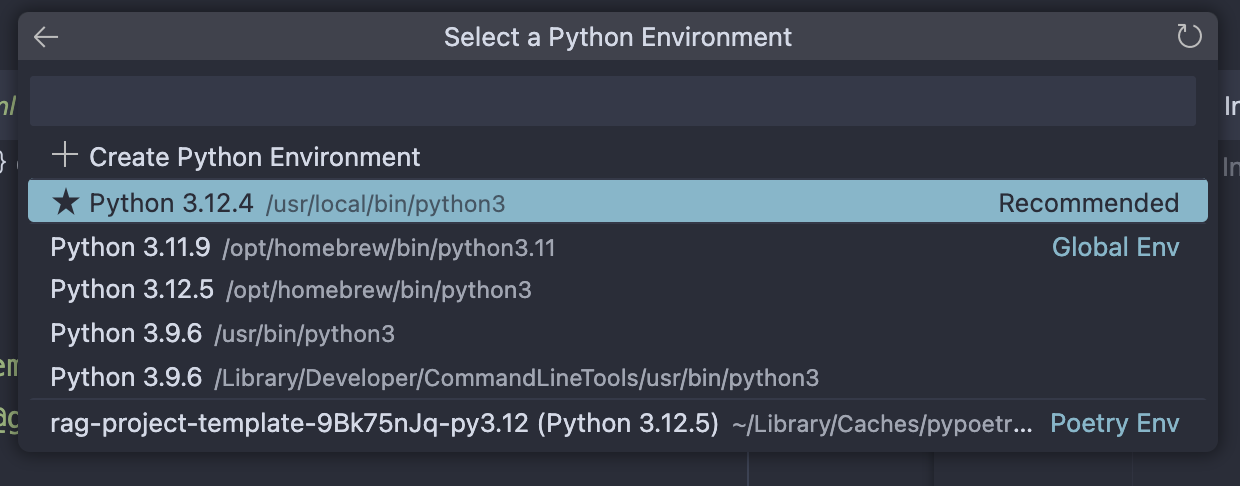Using a Poetry environment in Visual Studio Code's Python Interactive window
Table of Contents
tl;dr – If you manage your project’s dependencies with Poetry, develop in Visual Studio (VS) Code, and use VS Code’s Python interactive window, you can use the poetry-monorepo extension to select your project’s poetry environment as the interactive kernel.
What is poetry?
Poetry is a slick package builder and dependency manager for python projects. It helps project contributors specify and setup their Python environment.
Say you are working on a python project and need to incorporate a non-standard library, such as pandas. You can install it with pip install pandas and it will be available for you to use. Other contributors would need to manually do the same or else their environments will be out of date.
To simplify this task you can include pandas (and other non-standard libraries) in a requirements.txt file associated with your project. Other contributors will need to run only one command to install all of your project’s dependencies:
pip install -r requirements.txt
While a simplified workflow, this still leaves any contributor with two steps when they need to add a library to a project: 1. install the library and 2. add it to the requirements.txt file. Wouldn’t it be nice if we could accomplish both steps with one command?
Enter poetry.
How poetry works
Once poetry has been setup for a project, you can install a library and add it as a dependency for your project with only one command, for example:
poetry add pandas
Poetry manages a virtual python environment for your project. When you run the above command it installs the library in that virtual environment, and also notes that library as a dependency in a pyproject.toml file:
[tool.poetry.dependencies]
pandas = "^2.2.2"
As other contributors work on your project, all they will need to do to keep their environment up-to-date (granted that they have installed poetry) is run poetry install.
Running code with poetry
Since poetry is managing a virtual environment behind the scenes, once you are ready to run some code simply running python your_project.py as poetry’s virtual environment is not activated. Instead you can use poetry run python your_project.py, which activates the virtual environment before running the code.
poetry run is also useful for running other python-based command line tools that you might use for your project, such as:
poetry run pre-commit install # setting up pre-commit workflows
poetry run pytest # running tests
poetry run black # code formatting
Using Python Interactive window with poetry
A development workflow I encourage (as opposed to using Jupyter Notebooks, for example) is writing code in python files and executing code in an interactive shell. Visual Studio Code’s Python Interactive window is great for this workflow. As you are writing your code, hit Shift+Enter to run whatever line is you are working on. An interactive window will appear, connect to a python kernel, and you can now easily both write and run code snippets.
Since we’re using poetry to manage our virtual environment, however, the python kernel to which we want to connect won’t be accessible. What to do?
poetry-monorepo to the rescue.
poetry-monorepo is a Visual Studio Code extension designed to help for this specific use case. From the project’s readme, it:
Automatically sets the Python interpreter based on the closest pyproject.toml file in the workspace.
Sure enough, after installing that extension, when you select your python environment in the interactive window, one of the options will be your current poetry environment.
